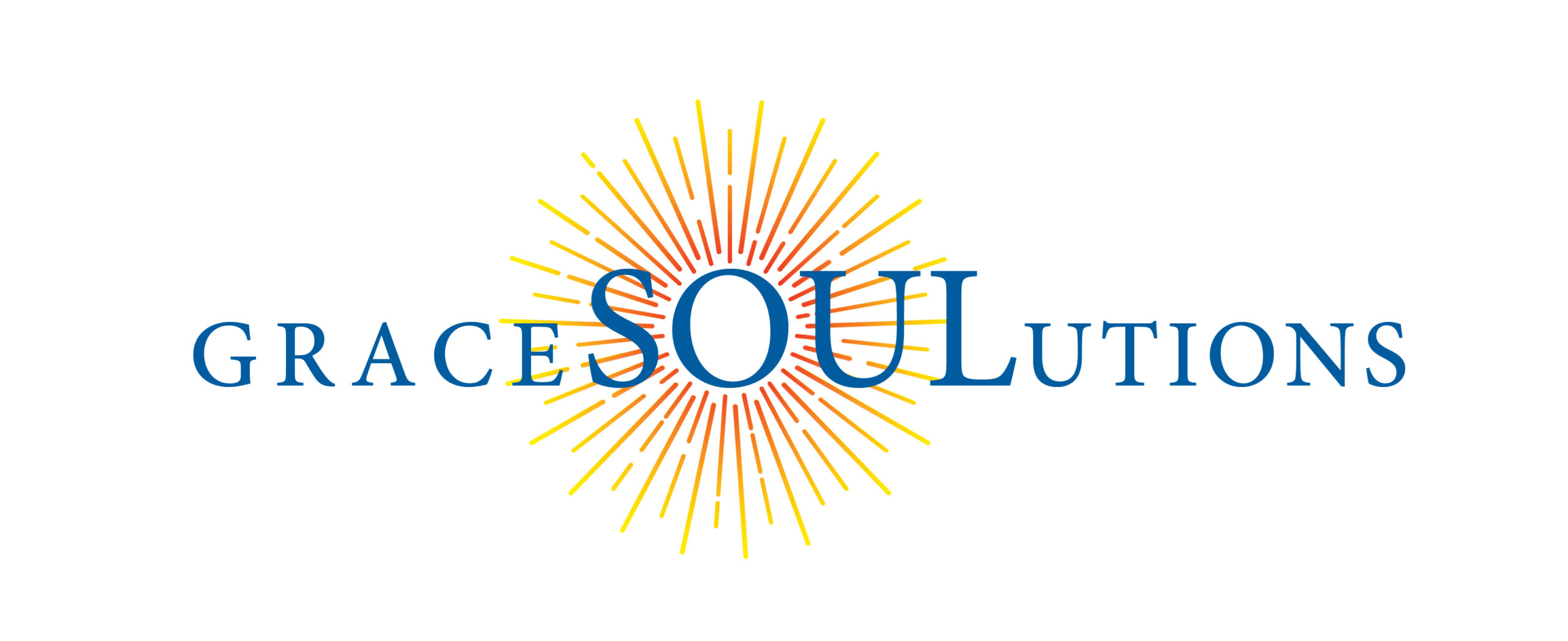Sometimes you can become upset, even overwhelmingly so, that you might not be aware of your actions.
You might not even be aware of the words that are coming out of your mouth.
You know you’re angry and upset, and your expression shows it.
How aware are you of what you’re saying and acting during the moment of anger?
Do you later regret your actions and what’ve you said during the heat of the moment?
Do you wonder what you did or said while you were upset?
You might’ve felt like it was an out of body experience and something, maybe some kind of energy took over you, and you felt like you had no control over your mind and body.
You just acted out and said what you said because you were just that angry and you just let whatever came to your brain fly out.
What if you stopped for a moment and took a good look at your actions and words as if you were an outsider observing your situation?
If you were the observer, what would you think or say about the situation you just observed of someone yelling, hitting, swearing, etc. during the heat of the moment?
Would it scare you or would you think “if it was me, I would do xyz?”
It’s easy to say what you would do differently when you’re calm and not in that moment. But what if you were in that moment?
Could you stop yourself and take a pause so that you didn’t continue the destructive path?
Could you say to yourself, “no, enough of this, we can disagree and have a constructive conversation through our disagreement?”
What would a constructive conversation during a heated disagreement look like?
How could you have that constructive conversation during a dispute when you’re upset and angry?
Afterall, this is real life and you’re not on some tv show where the scripts are written out and you memorize the lines during an argument.
There are, however, some things you can do.
Yes, I’m well aware of what I’m going to share with you will sound easy. But it may feel hard to do especially when you’re upset and angry.
It’s easy to give advice, and to follow suggestions when you’re calm and not involved in the moment.
This is where awareness becomes important. When you’re aware you can take control of the situation before the situation takes control of you.
The first thing is to be aware of your mind and body. Be aware of your thoughts and how your body is feeling.
Be aware of when you know you’re going to explode and stop yourself by taking a deep breath.
Now take a few more deep breaths.
This is the challenging part; however, remember that you’re in control.
While the other person might be speaking or yelling, restrain yourself from reacting, and continue to take deep breaths until you’re in enough control to address the situation.
Actively notice what you’re noticing, be aware of your surroundings, and the feelings in your body.
The next tricky part: you’re not going to react, you’re going to respond by being mindful of the words that you say.
The words are deliberate and you know exactly what you’re saying with conscious thought.
You’re no longer saying the first thing that comes out of your brain.
You’re being mindful of exactly what you’re saying to express your feelings, and you have the awareness of the way you’re delivering the message with the use of your body language, facial expression, and tone of voice.
You’re in control of the situation through the awareness of the words you’re saying and how you’re saying it with the use of your body language, facial expressions, gestures, and tone of voice during the argument.
When the situation or argument is controlling you, you lose your awareness, and that is when you say whatever comes out of your mouth, and act and behave whatever reflexively comes to you.

Do you want to be in control, or do you want the situation and argument to control you?
The take away here is to be aware of your words and actions so that you’re in control of the situation or argument and not the other way around.
I’m not going to say that it is easy to do; however, it can be done with practice.
Practice being mindful of your words and actions during any conversation whether it be while you’re calm or in an argument with your partner is the start to awareness.
The Objective of the Game
The ‘winning’ objective is that you’re aware of your words and actions especially during the heat of an argument.
There are times where the situation or argument might get the best of you; however, were able to stop it or reduce the destructive conversation?
If you managed to control the situation and argument through awareness of your words and actions… That’s a win!
If you allowed moments of the situation or argument getting the best of you, and controlled you rather than you controlling it, then guess what?
You learned without losing.
Remember there is no losing in this game, only learning.
Learning points in this example might be:
- What can you do differently next time so that you can control the situation or argument through awareness?
- Why did you lose control of your words or anger in the first place?
- What can you do better so that you’re more aware of your words and actions during an argument next time?
You earn bonus points when you’re bold and step into your authenticity of the character you want to portray and hold yourself accountable when you want to be in control of the situation or argument and not the other way around.
This is the Communication Warrior.
You know your way to becoming aware of your words and actions… Now Go Play and Have Fun Communicating!
If you’re an introverted, sensitive, conflict-phobic person who would love to become and feel like a communication warrior then click below to book your free Communication Breakthrough Session where we will discover 5 obstacles that is stopping your from becoming a communication warrior.
Warm regards,
Grace CW Liu
Communication Coach & Navigator
W: GraceSOULutions.com



